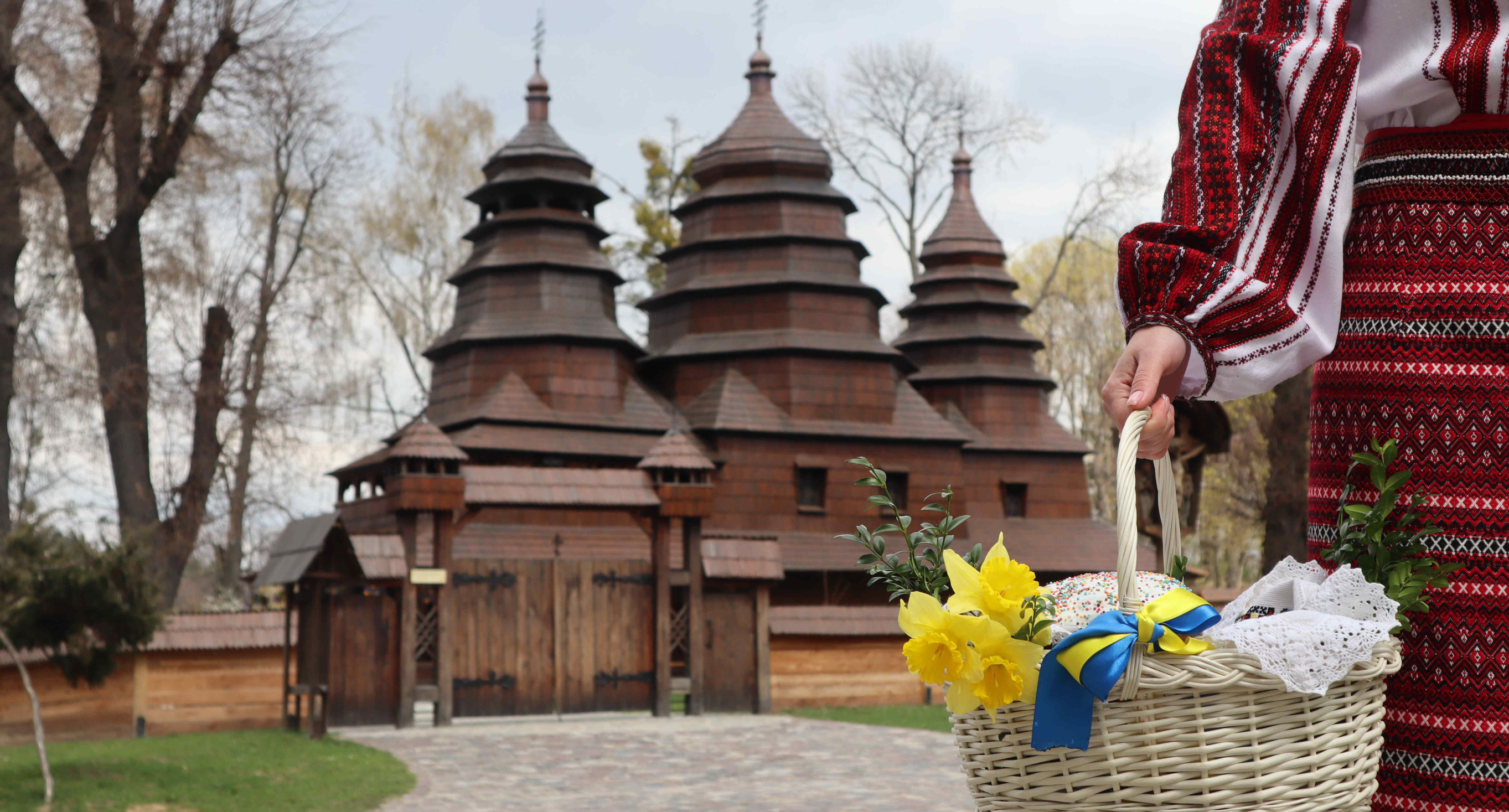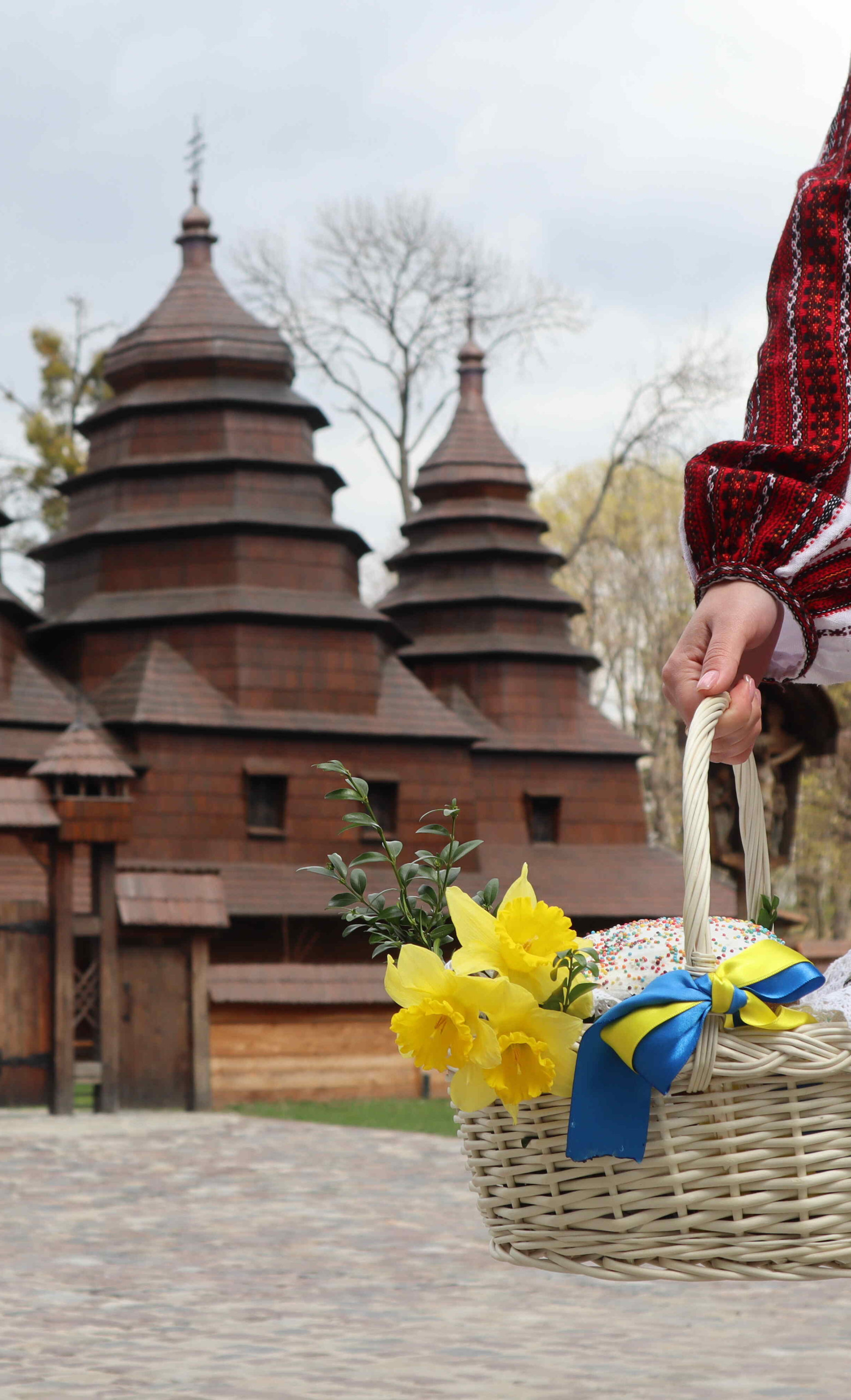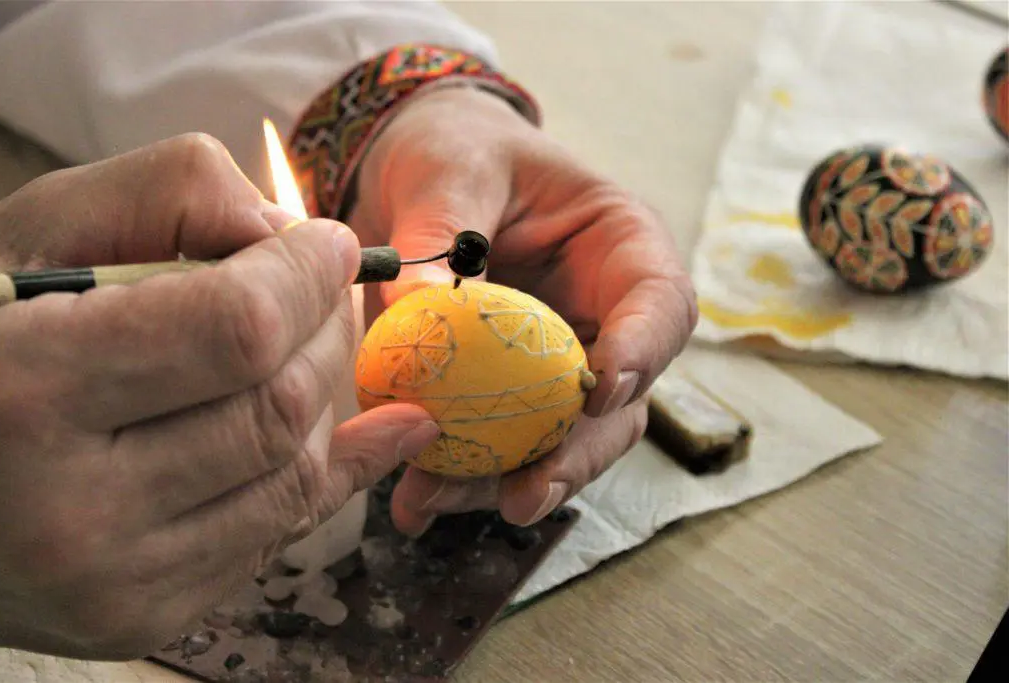Easter is one of the biggest Christian holidays. It is an integral part of the calendar and ceremonial life of Ukrainians and our traditions. In certain epochs, the Easter holiday was a symbol of our identity and uniqueness. Even more interestingly, each region has its own peculiarities when it comes to Easter celebration traditions, and differences can be observed even at the level of individual families. The main thing remains that it is a holiday of purity, a time for spiritual tranquility, and an opportunity to gather once again in a large family circle.
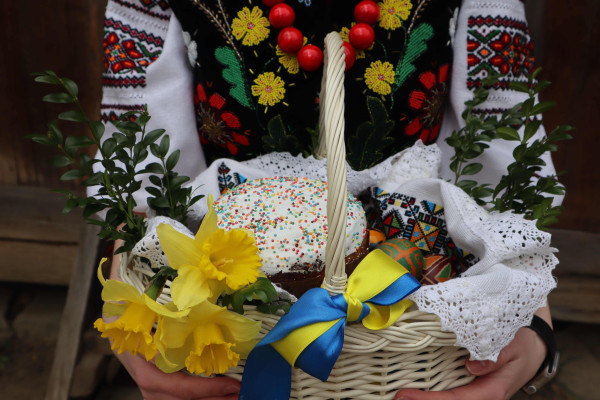
Easter. On the Eve.
The period of Easter holidays is a time that is remembered for its special atmosphere, some even say - magic. There is something to it. And the creation of this atmosphere begins long before the holiday itself. It is a long process that has a religious-sacred and domestic dimension. Easter has long been a particularly significant holiday for Ukrainians, and it is accompanied by incredible solemnity. The Great Lent precedes the holiday. It is strict, but it is observed meticulously. On the eve of Easter, homeowners clean their homes and yards. If it is a rural area, in the past they also used to whitewash the house.
It was believed that Christ's Resurrection should be welcomed with cleanliness and order, and with good and bright thoughts. Palm Sunday, which falls a week before Easter, was a holiday that indicated the approaching Easter. The first few days of the following week were devoted to cleaning and preparation. On Monday, people began buying everything necessary for the celebration. The baking of the Easter bread, known as paska, was an extremely sacred ritual surrounded by many traditions. This usually happened on Thursday, the Clean Thursday. Housewives approached it with incredible meticulousness, and during this period, quarrels and bad thoughts were forbidden in the house.
Read also: Easter basket in the Galician style
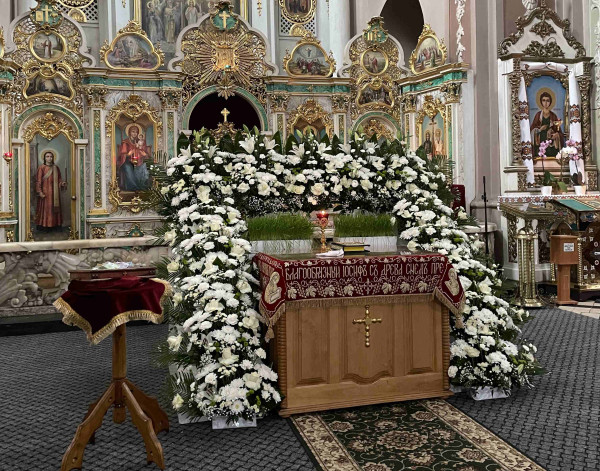
On Friday, the Shroud is placed in churches in a special and visible place. This Friday is called Good Friday. On this day, it is forbidden to work in the fields or engage in heavy labor. On Saturday, people painted Easter eggs. They were usually dyed using onion skins, but other methods also existed, which is why the colors of the eggs varied. Painted eggs were also common. They used chicken eggs, but quail eggs and others were also used. On the night before Easter, in some villages, bonfires were lit and people sat by them until morning. The meaning of this event has been forgotten, but it has not lost its popularity.
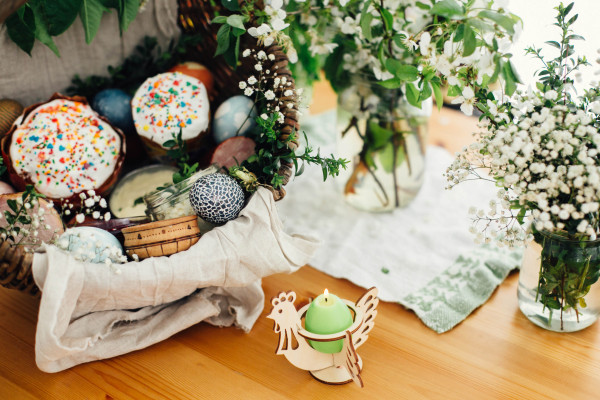
Easter is a family holiday.
Easter celebrations varied depending on whether it was a city or a village. There could also be differences between families. The common practice was to go to church and bless the Easter basket, which was filled with a variety of goodies. People dressed in their best clothes and went to church with their entire family. The Easter service lasted quite a while, but it had to be endured. Then came the blessing of the baskets.
Besides the Easter bread, people put eggs, meat, and horseradish in the basket. Nighttime blessings were particularly solemn, preceded by prayers and a procession around the church. Everyone stood in a circle during the blessing, placing their baskets in front of them. They then went home and started the festive meal. The first course was a blessed egg, with each member of the family receiving a portion. The host says "Christ is risen" and the guests respond "Truly, he is risen." Later, they visited family, played egg games, and exchanged gifts.
In Lviv, on Easter Sunday, events always took place in the Market Square. The giants on stilts, who performed biblical scenes for the public, stood out among the locals. There were celebrations, carnivals, and fireworks were a frequent occurrence. On behalf of the city authorities or wealthy residents of Lviv, bread, rolls, and sausages were distributed to people.
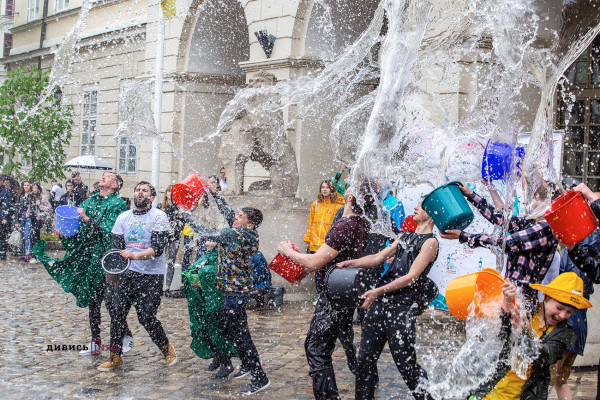
After holidays.
On Easter Monday, there was a custom called "dousing" due to the belief in the special purity and healing properties of water after Easter. It was believed that the water after Easter brings health and happiness. However, it looked very different from the modern version of water dousing. In particular, if done in public, it was more like a light sprinkling of water on each other. This period was filled with fun and merrymaking, especially among young people. Girls often gave painted eggs to boys they liked.
There was also a tradition, which is still observed today, of going to the cemetery and visiting deceased family members, welcoming the celebration of Christ's Resurrection together with them. The priest conducted a requiem service, and everyone prayed for the souls of the departed.
